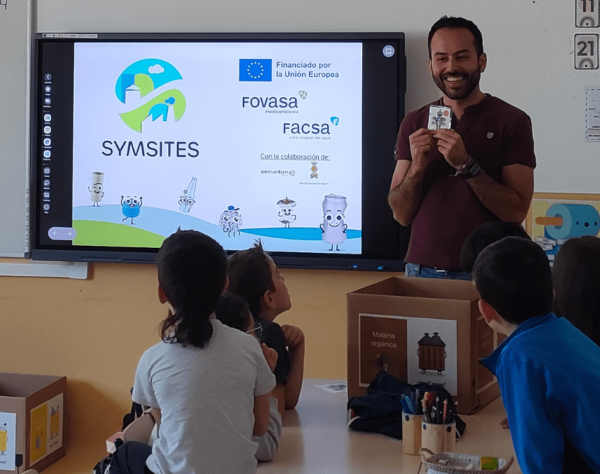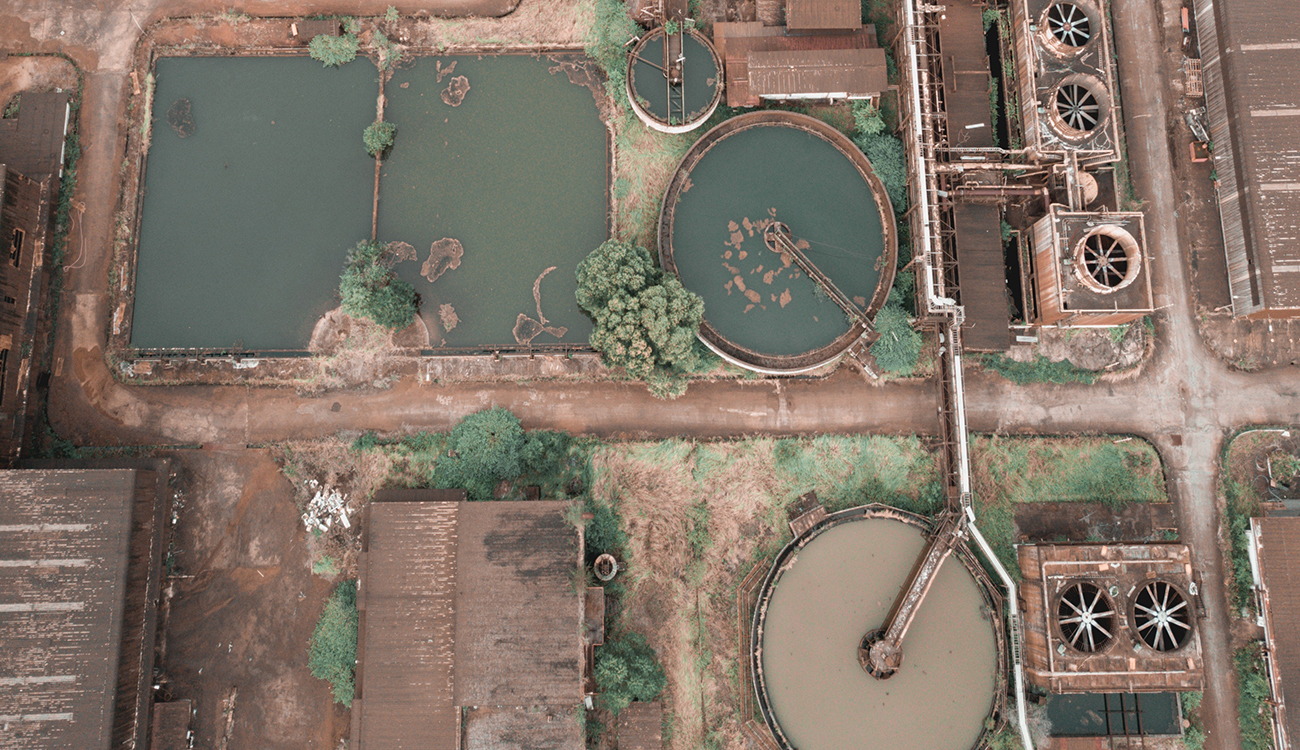
Unleashing the Power of Waste
Treatment of biogenic waste: the case of Austria
Austria is a country that places a strong emphasis on sustainability and environmental protection, and as such, has developed advanced waste management systems. Biogenic waste is a significant component of Austria’s waste stream and its treatment is an important part of the country’s efforts to promote sustainability and reduce its environmental impact.
Let’s look at a few numbers to get an idea of the evolution in recent years: in 2020, the amount of waste in Austria was around 69.81 million t, or 3,277 kg per capita. The quantity has thus increased by around 17% from 2015.
After waste avoidance, recycling and reuse are at the focus of waste management. Approx. 67% of the waste is recycled, and 14% is thermally reused (Figure 1).
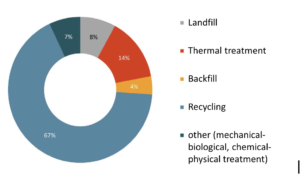
Figure 1: Recycling and disposal of waste in 2020 (Federal Waste Management Plan 2023)
In 2020, around 7.4 million t of municipal waste was generated.
From that, around 1,650,000 t of biogenic waste was collected separately from households. Treatment is primarily by composting and anaerobic digestion. Moreover, e.g. 200,000 t of residual oils and fats were processed into biodiesel in recycling plants.
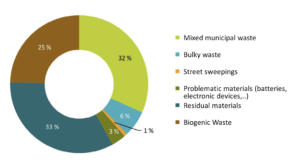
Figure 2: Distribution of municipal waste in Austria2020 (Federal Waste Management Plan 2023)
In 2020, a total of 404 composting plants with a processing capacity of 1.68 million t were in operation. In addition, there are 159 biogas plants with a capacity of around 1.32 million t. A total of around 700,000 t of biogenic waste was recycled in these plants. One example is the biogas plant in Vienna. Energy for over 1,000 households is generated from 22,000 tons of organic waste per year.
In the industrial sector, the use of biogas technology is well established, especially in the food industry.
In a BOKU study, the substrate potential (Table 1) and best-practice examples were compiled.
One is the biogas plant at the Großfurtner slaughterhouse with a biogas production of 5,000 m³/d (methane content: 68%). In addition to reduced disposal costs, around 33% of the electricity and 75% of the heat requirement can be covered. Another example is the biogas plant at the Gösser brewery producing around 6,900 m³ of biogas per day.
In the near future, biogas will be upgraded to biomethane and fed into the gas grid.
W. Gabauer and W. Fuchs
| Industrial sector | Number of locations | Amounts of waste [t/year] | Methane potential [m³/year] |
| Meat processing | 47 | 182,350 | 10,940,000 |
| Breweries | 41 | 186,300 | 13,970,500 |
| Dairy industry | 6 | 419,500 | 6,670,050 |
| Milling industry | 10 | 61,750 | 14,508,950 |
| Wine production | 5 | 6,050 | 1,064,950 |
| Sugar industry | 2 | 240,000 | 28,666,400 |
| Total | 111 | 1,095,950 | 75,820,850 |
Table 1: Summary of biomethane potential in the food industry
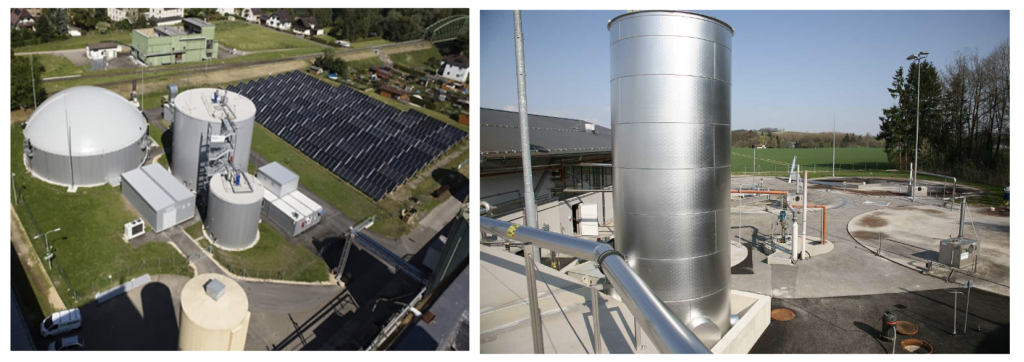
Figure 3: Biogas plant at Gösser brewery in Leoben, Styria (left) and at Großfurtner slaughter house in St. Martin, Upper Austria (right)
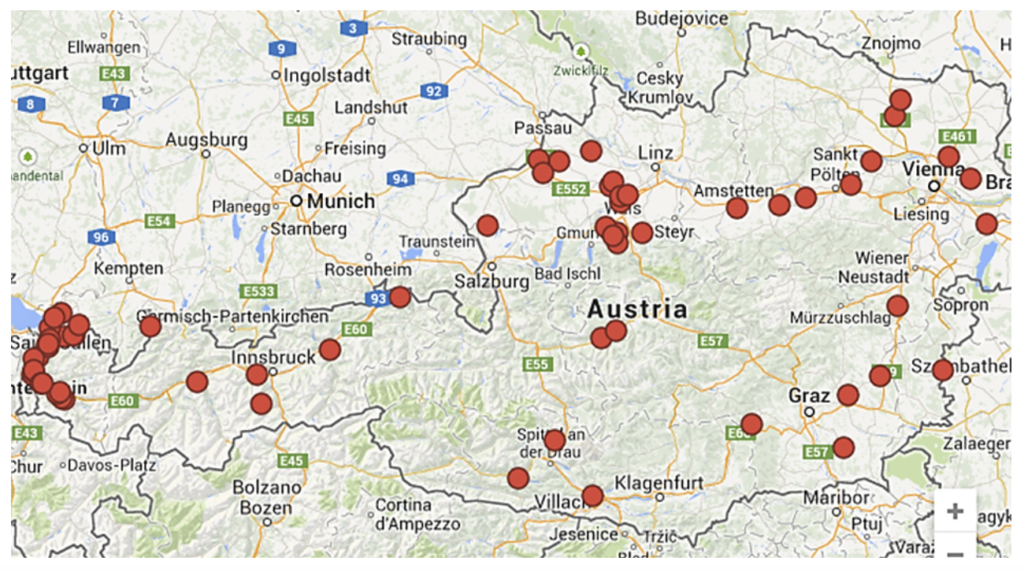
Figure 4: Locations of biogas plants treating food waste in Austria
Looking ahead, what potential?
Currently, 75% of the biodegradable waste we collect is turned into compost.
But there’s more we can do! A lot of this waste could also be used to create biogas through a process called anaerobic digestion. Even unsorted household waste can be a source of organic material that could be turned into biogas. And it’s not just household waste – the food industry also has a lot of organic waste that could be turned into energy. By using all of these sources, we could generate an additional 78,280,000 m³ of biomethane per year – enough to produce 36 MW of electricity. That’s a 33% increase compared to what we’re doing now!
So let’s start thinking differently about waste and unlock its full potential to create energy for a greener future.




